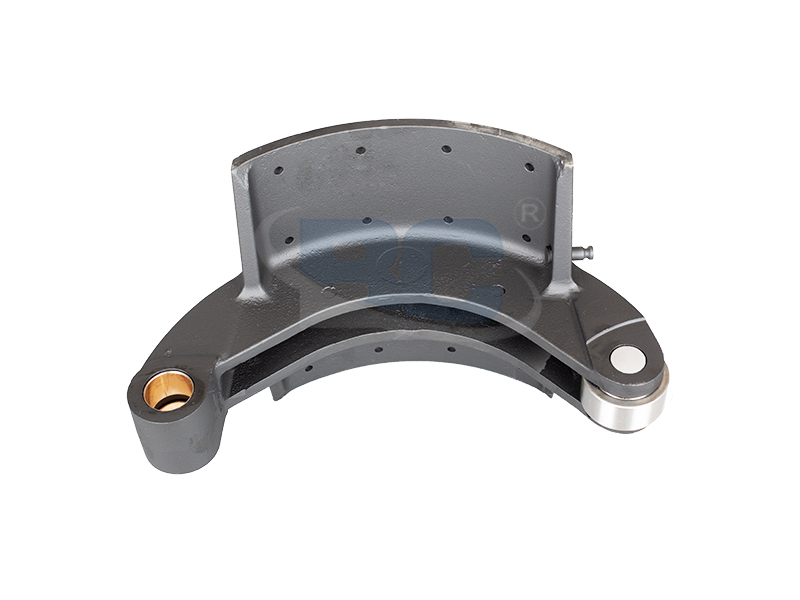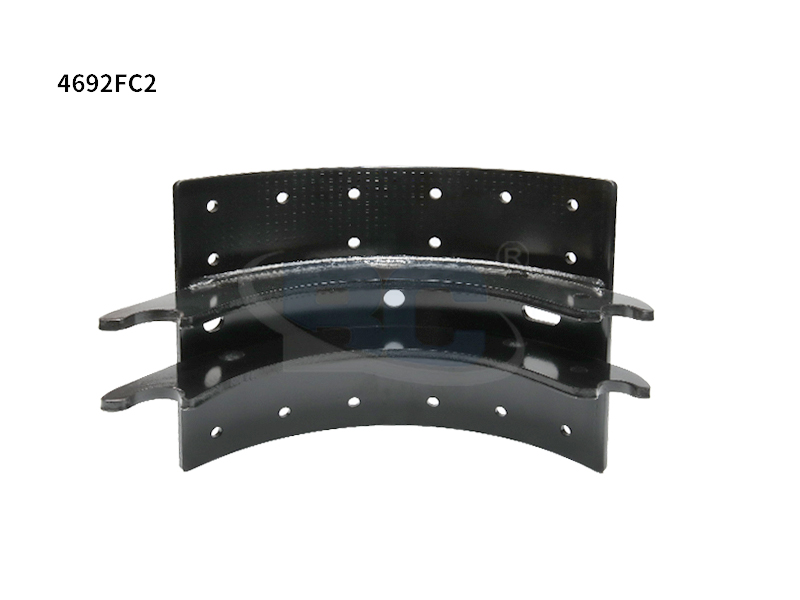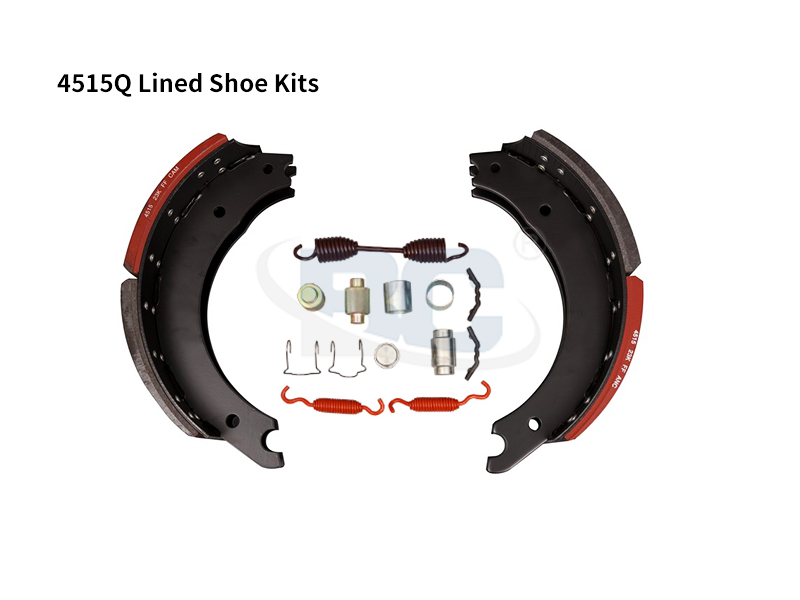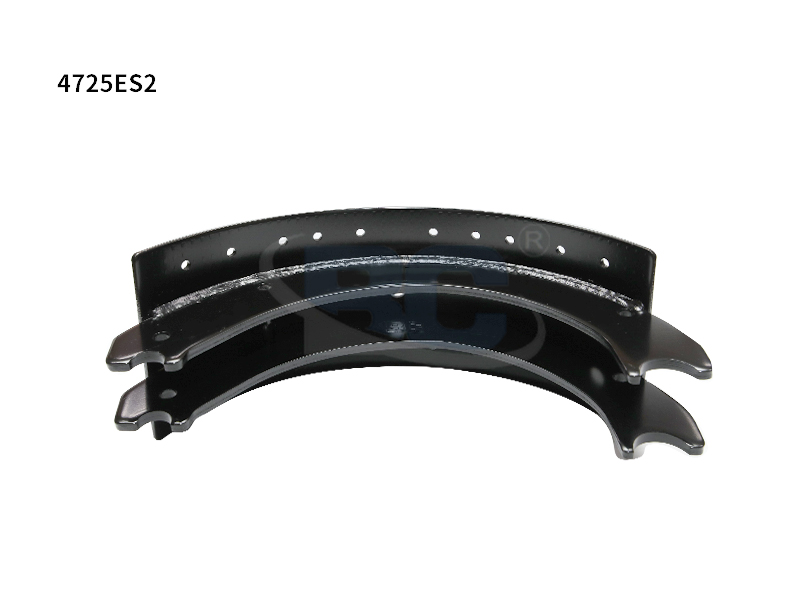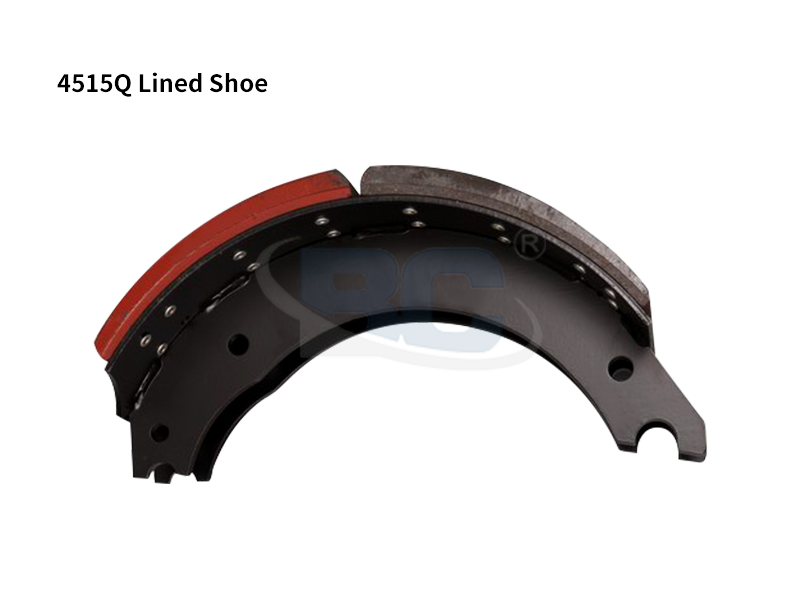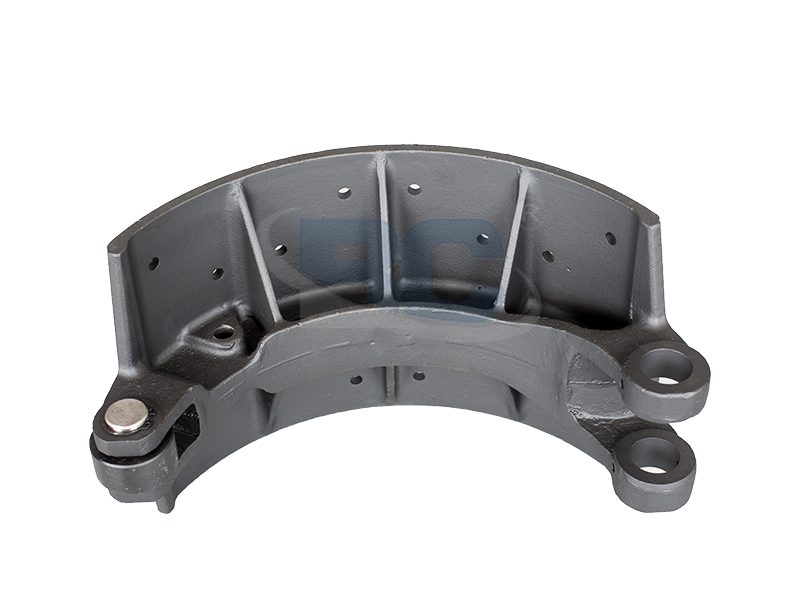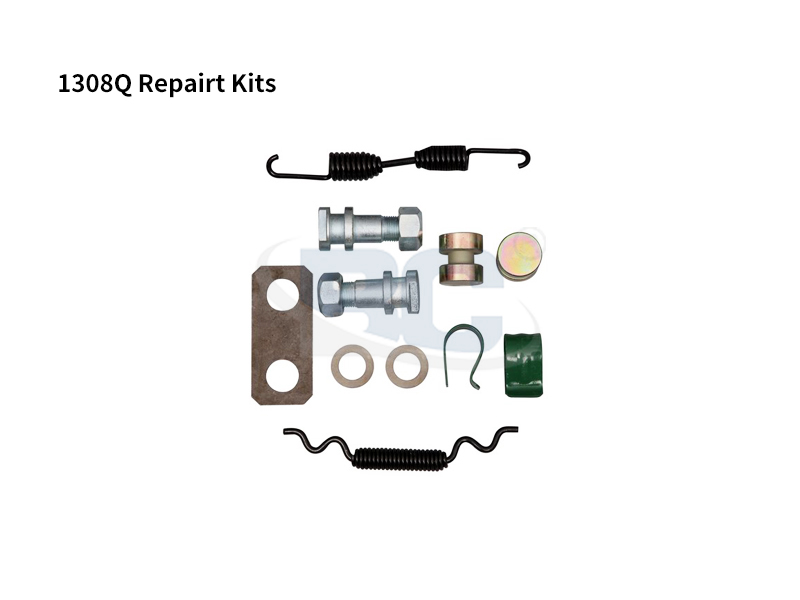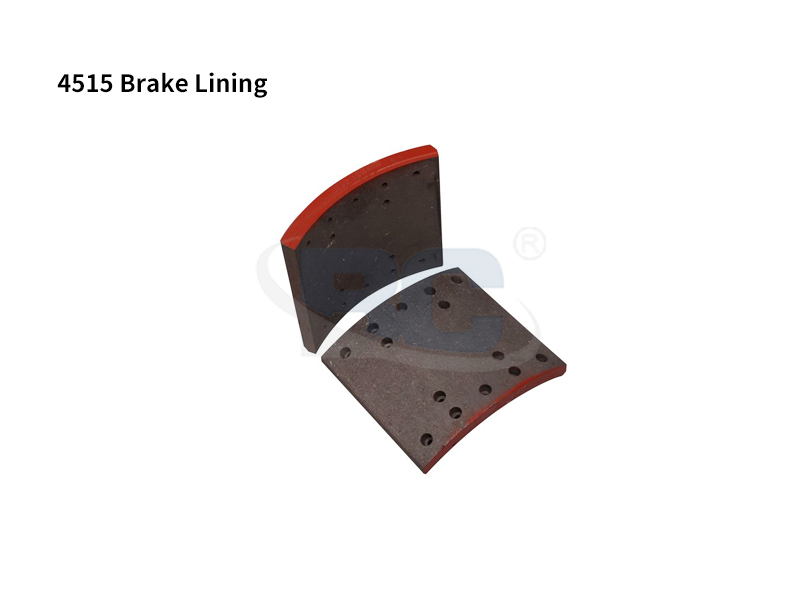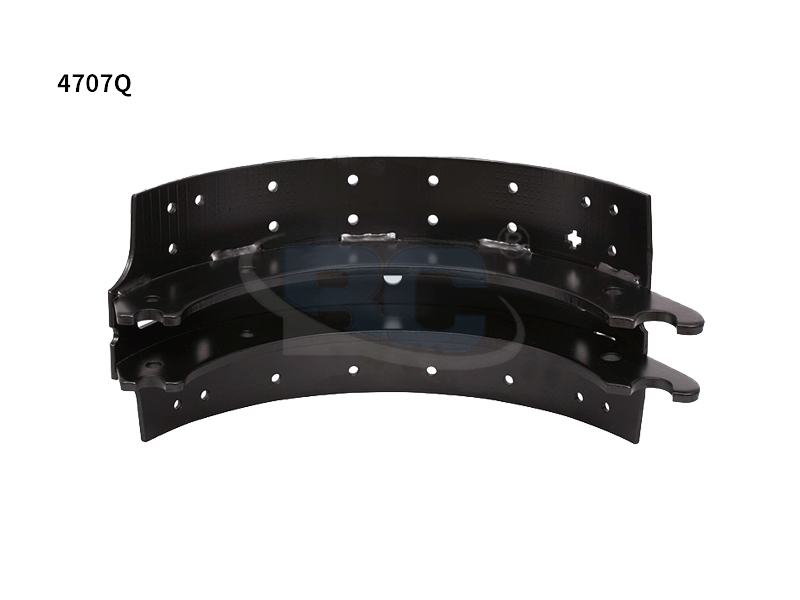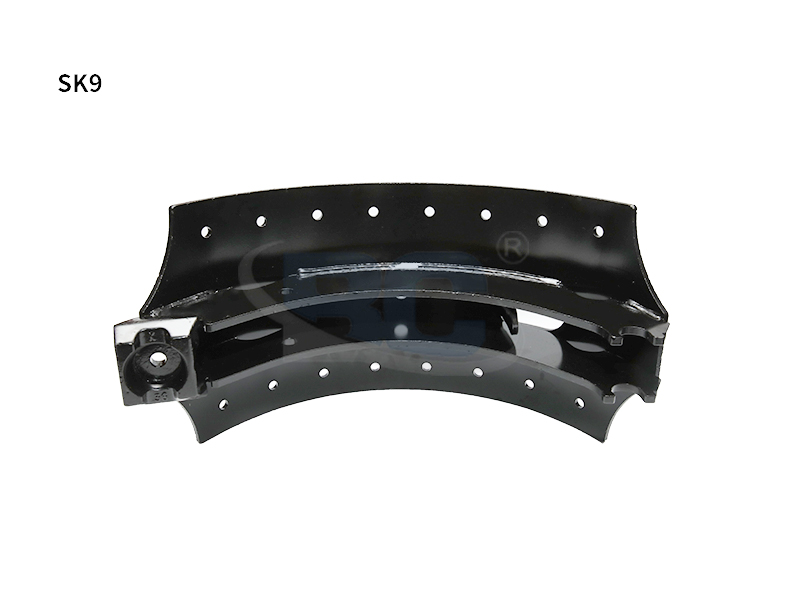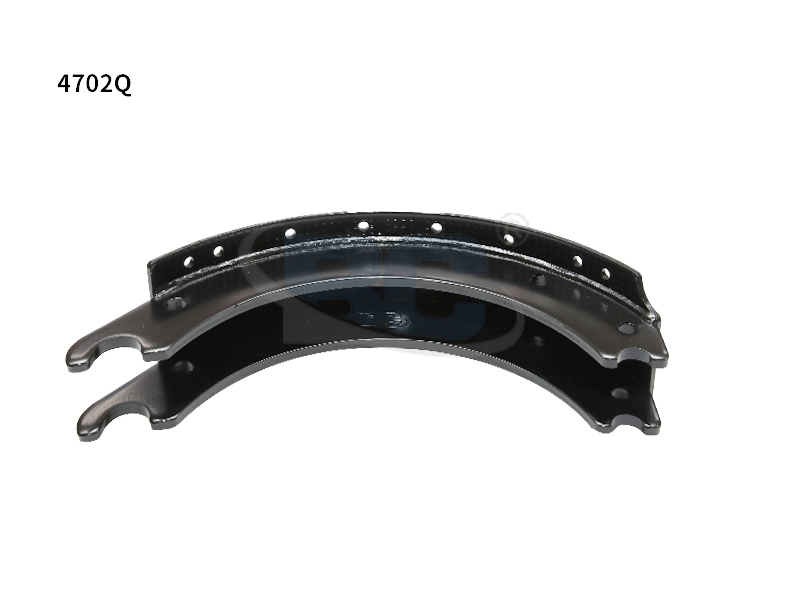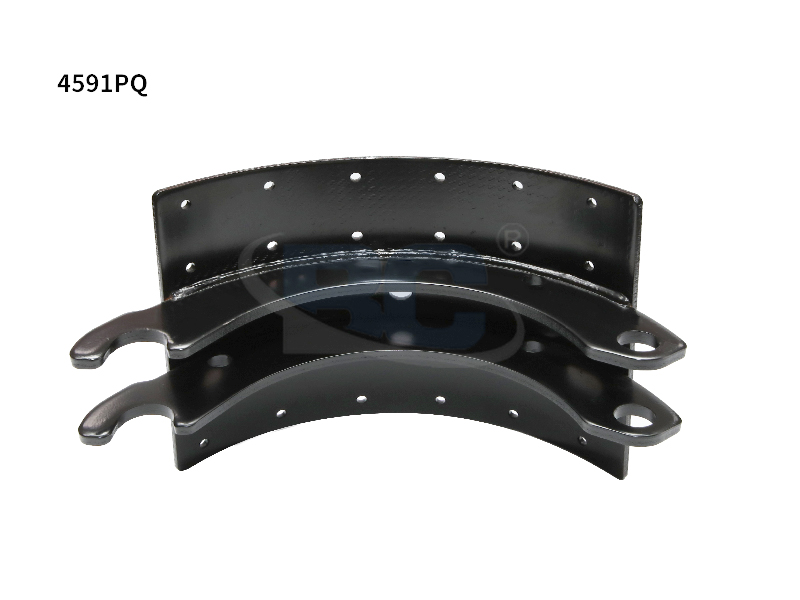Casted Brake Shoe
The construction of a brake shoe may take several forms. For heavy duty applications, a brake shoe can be made of cast steel, which has better mechanical properties than malleable iron or ductile iron. These shoes are typically annealed in a furnace before being finished. A lighter-duty brake shoe is made of an aluminum alloy, which has excellent castability and machinability, but must undergo solution heat treatment or age hardening.
The basic shape of a brake shoe is made of two sections: the drag section and the cope section. The drag section has two complementary mold cavities and a table forming section. The table section forms a curved outer surface, which is then molded with a mold that has a drag section and a cope section. The curved outer surface 16 has two recesses that correspond to the rib section.
A casted brake shoe is made by casting metal into a mold. A molded brake shoe is created by pouring molten metal through two gates (55 and 56). This molten metal straightens into the shape of the shoe. Then, it undergoes a warm treatment to finish it. The process of molding a brake shoe has several advantages over its predecessor, including versatility, compact design, and increased durability. In addition to being lightweight, a casted shoe is also more durable and corrosion-resistant.
A conventional brake shoe has table sections that are vertically disposed. Prior art casting procedures require a draft to be placed in the mold cavities, which allows the pattern to be removed from the molding material. By eliminating this machining operation, a cast brake shoe can be more accurately molded than a conventional shoe. It also reduces production time and costs. These advantages make it a preferred method for brake shoe manufacturing. This technique may improve performance and improve overall brake system efficiency.
A Casted Brake Shoe is made of high-quality materials and can be light-weight. Compared to its tubular counterpart, it is stronger, more flexible, and easier to manufacture. This material is also less costly to produce, so you can reduce your vehicle's overall cost. It can also be made to any desired shape. The only downside to a Casted Brake Shoe is its cost. But the benefits are well worth the investment.
A sprue 57 is a metal component inserted into a mold cavity. Typically, a malleable or ductile iron is used for the material. Runners 54, gates 55, and 56 direct the metal into the brake shoe mold cavity. The resulting molten metal forms the rib and table sections of the brake shoe. The brake shoe is also capable of absorbing shock and vibration, allowing it to provide the desired braking power.
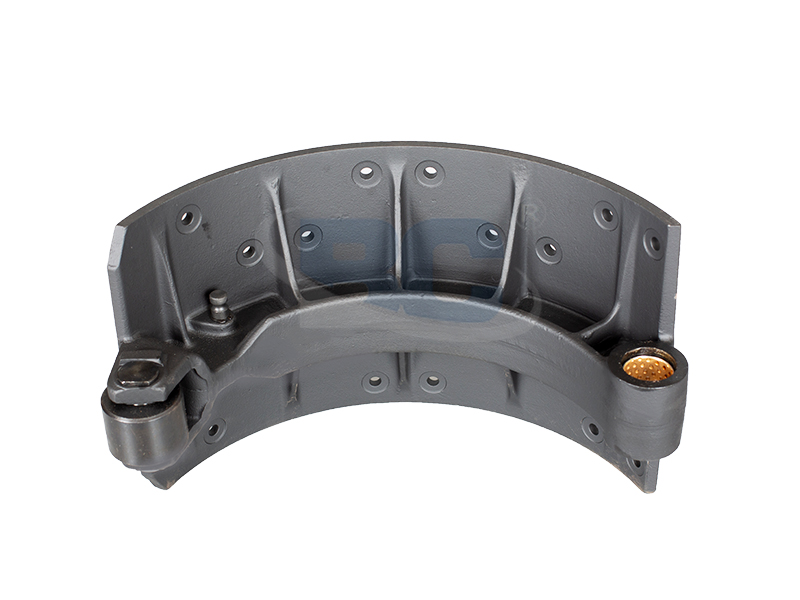
4657 Casted Brake Shoe
Part No:4657
OEM No:
Size:410X220mm
Riveting Holes:18
Application:MAN200

 English
English 简体中文
简体中文